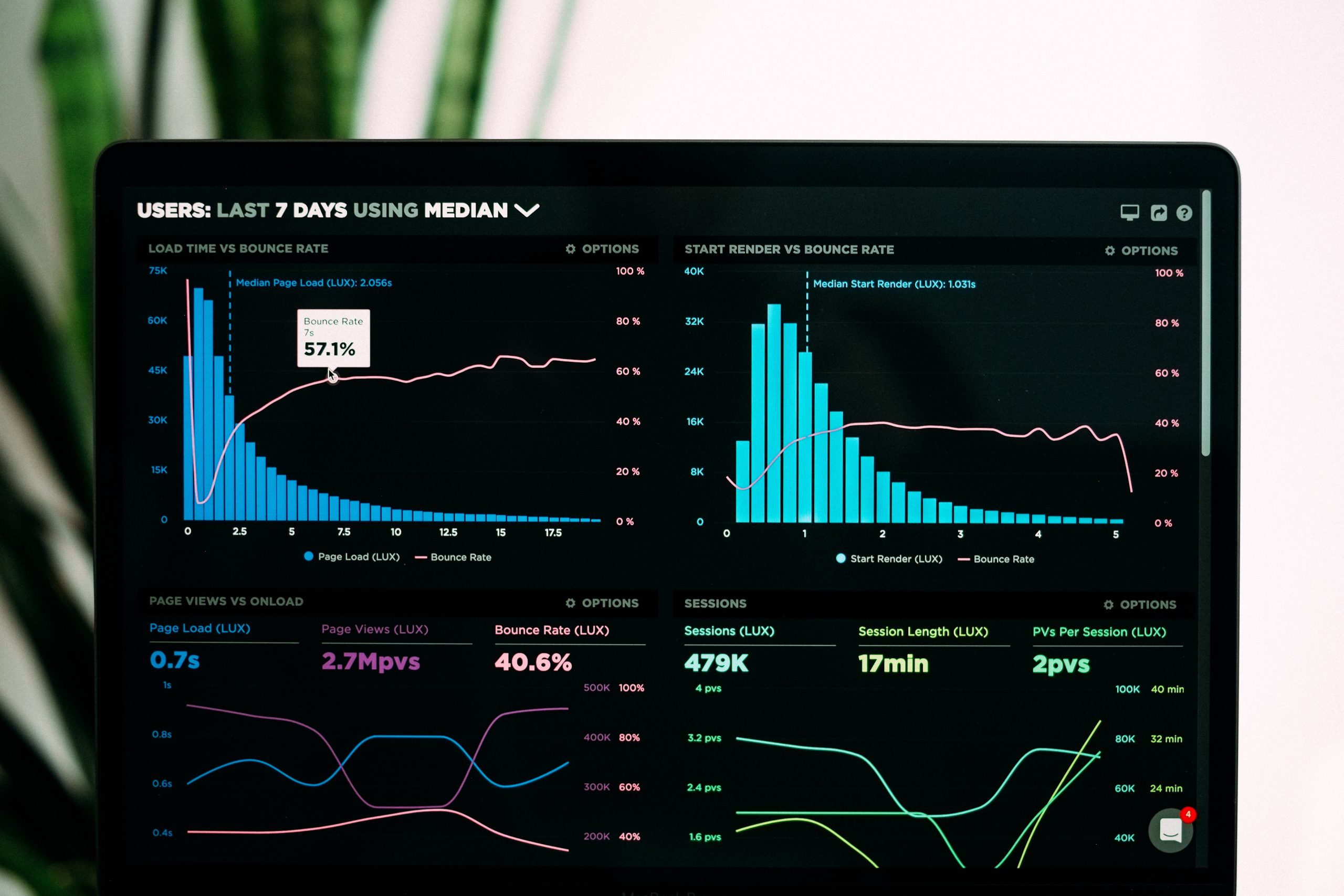Data analysis and interpretation techniques are the fundamental components of computer science that enable researchers and practitioners to derive valuable insights from raw data. These techniques provide the tools and methodologies necessary to process, analyze and interpret data effectively. In this article, we will explore the key data analysis and interpretation techniques used in computer science, delving into their applications and significance in unlocking the power of data.
Descriptive statistics: unveiling the story behind the data
Descriptive statistics play a pivotal role in understanding and summarizing data. They provide an overview of the dataset’s central tendency, variability and distribution. Common descriptive statistical measures include mean, median, mode, standard deviation, variance and percentiles. These measures allow researchers to gain insight into the basic characteristics of a dataset, identify patterns and detect outliers.
Descriptive statistics are an essential component of exploratory data analysis (EDA). By calculating measures such as the mean and standard deviation, researchers can understand the data’s overall distribution and variability. Additionally, graphical representations such as histograms and box plots aid in visualizing the distribution and identifying potential outliers. Descriptive statistics provide a foundation for further data analysis and interpretation, enabling researchers to make informed decisions based on a comprehensive understanding of the data.
Online sources such as Baylor University’s online CS degree provides comprehensive coverage of descriptive statistics and their applications in computer science. These resources offer a deeper understanding of the concepts and techniques involved in descriptive statistics, equipping computer scientists with the necessary knowledge to analyze and interpret data effectively.

Inferential statistics: making inferences and predictions
Inferential statistics takes data analysis a step further by allowing researchers to make inferences and predictions about populations based on sample data. It involves methods such as hypothesis testing, confidence intervals and regression analysis.
Hypothesis testing is a fundamental tool in inferential statistics. It involves formulating a null hypothesis and an alternative hypothesis, collecting sample data, and assessing the evidence to support or reject the null hypothesis. Confidence intervals provide a range of plausible values for population parameters, while regression analysis explores the relationship between variables and enables prediction.
Inferential statistics enables researchers to draw conclusions and make predictions from limited data. It is particularly useful when working with large datasets where it is impractical or impossible to analyze the entire population. By applying inferential statistics, computer scientists can make robust inferences and predictions that have implications for decision making, problem solving and future planning.
Online platforms offer valuable resources and information on inferential statistics and its applications in computer science. These resources provide a deeper understanding of the techniques involved in hypothesis testing, confidence intervals and regression analysis — equipping computer scientists with the necessary tools to draw meaningful conclusions from data.
Data mining: uncovering insights and patterns
Data mining is a powerful technique that involves discovering patterns, relationships and insights within large datasets. It utilizes statistical algorithms and machine learning techniques to extract valuable knowledge. Data mining techniques include classification, clustering, association rule mining and anomaly detection.
Classification algorithms categorize data into predefined classes based on the input variables. They are used in applications such as email spam filtering, sentiment analysis and medical diagnosis. Clustering algorithms group similar data points together based on their characteristics, helping in market segmentation, customer profiling and recommendation systems. Association rule mining uncovers relationships between variables, allowing retailers to identify purchasing patterns and recommend complementary products. Anomaly detection algorithms identify unusual patterns or outliers in the data, assisting in fraud detection, network intrusion detection and system monitoring.
Data mining techniques are widely applied in various domains, including business intelligence, healthcare, finance and marketing. They enable researchers and organizations to extract meaningful insights from vast amounts of data, identify trends and make data-driven decisions. Data mining plays a crucial role in uncovering hidden patterns and relationships that may not be apparent through traditional data analysis methods. Read more about data mining in this complete guide to data mining.

Machine learning: enabling computers to learn
Machine learning is a subset of artificial intelligence that focuses on developing algorithms and models that can automatically learn from data and make predictions or decisions. Machine learning techniques include regression, classification, clustering and deep learning.
Regression models analyze the relationship between input variables and a continuous target variable. They are used in applications such as stock market prediction, sales forecasting and disease progression modeling. Classification models predict the class or category of a new data point based on its characteristics. They are used in image recognition, sentiment analysis and spam detection.
Clustering algorithms group similar data points together without predefined classes, facilitating customer segmentation, anomaly detection and recommendation systems. Deep learning models — inspired by the human brain’s neural networks — process complex patterns and relationships in large datasets, enabling advancements in areas like image and speech recognition, natural language processing and autonomous driving.
Machine learning empowers computers to learn from data without being explicitly programmed. It enables systems to improve their performance over time by continuously learning from new data and refining their predictions or decisions. Machine learning has revolutionized numerous industries, driving advancements in personalized recommendations, healthcare diagnostics and autonomous systems.
Natural language processing: decoding human language
Natural Language Processing (NLP) focuses on the interaction between computers and human language. It involves processing and analyzing vast amounts of textual data to extract meaning and insights. NLP techniques include sentiment analysis, topic modeling, text classification and named entity recognition.
Sentiment analysis determines the sentiment expressed in text, allowing organizations to analyze customer feedback, social media sentiment and public opinion. Topic modeling identifies underlying themes or topics within a collection of documents, aiding in document clustering and content recommendation. Text classification categorizes text into predefined classes, facilitating document categorization, spam filtering and sentiment classification. Named entity recognition identifies and classifies named entities such as names, organizations and locations, assisting in information extraction and entity-based search.
NLP techniques have a wide range of applications, including language translation, chatbots, information retrieval and text summarization. They enable computers to understand and process human language, which opens up opportunities for improved communication, knowledge extraction and automated decision making.
Empowering insights through data analysis and interpretation
Data analysis and interpretation techniques are integral to unlocking the power of data in computer science. Descriptive and inferential statistics provide a foundation for understanding data characteristics and making inferences about populations. Data mining and machine learning techniques enable the discovery of patterns, relationships and insights in large datasets. Natural language processing empowers computers to understand and interpret human language. By employing these techniques, computer scientists can harness the power of data to solve complex problems, make informed decisions and drive innovation across diverse domains.
